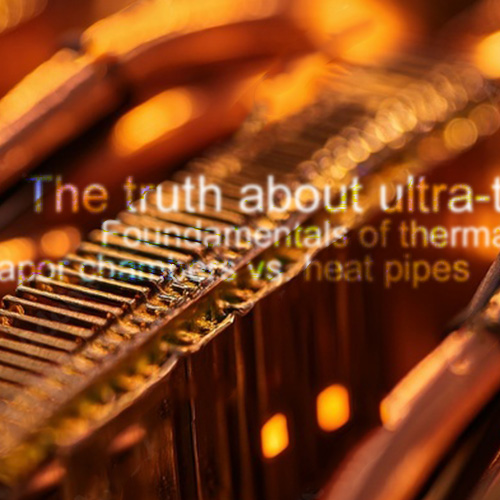Thermal gap pads are soft, elastomeric interface materials designed to bridge significant variances in stack-up height between electronic components and heat spreaders or chassis. Their inherent compressibility allows them to conform to irregular surfaces, filling air gaps that would otherwise impede thermal transfer. Available in thicknesses ranging from 0.5 mm to several millimeters, thermal gap pads offer a simple and effective way to maintain thermal continuity across larger interface distances without compromising mechanical reliability.
Key Considerations When Choosing Thermal Gap Pads
When selecting thermal gap pads to manage stack-up variations, four critical factors should be considered:
1. High Compressibility
Choose thermal gap pads with high compressibility to accommodate large height differences between components. These pads can conform to varying geometries and fill larger voids more effectively. However, higher compressibility typically comes with increased thermal resistance. It’s essential to manage assembly pressures carefully to avoid exceeding the pad’s rated compression limits (PSI), which can degrade performance or cause damage.
2. Surface Conditions
The surface roughness of mating components directly affects how well the thermal interface material (TIM) conforms to the surface. Rougher or uneven surfaces require softer, more compressible gap pads to ensure proper contact. While these softer materials may reduce overall thermal conductivity, surface finishing techniques such as machining, grinding, or lapping can improve contact and allow for the use of more thermally conductive, less compressible materials.
3. Material Selection
Select materials that are both compliant and thermally effective. Silicone-based thermal pads are commonly used due to their flexibility and heat transfer capabilities. However, in applications such as optical systems where silicone outgassing is unacceptable, silicone-free alternatives like polyurethane-based thermal gap pads are preferred. Phase change materials (PCMs) may also be suitable for specific applications that demand low thermal resistance and minimal thickness variation.
4. Testing and Validation
Always validate the performance of thermal gap pads under real-world operating conditions. Testing should confirm that the selected pad meets both thermal resistance and mechanical reliability requirements across the full range of stack-up variations expected in the final assembly.




